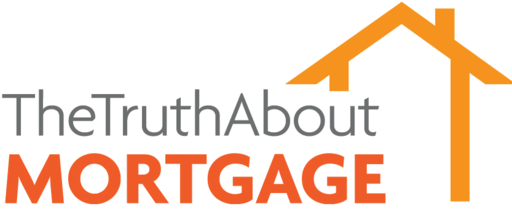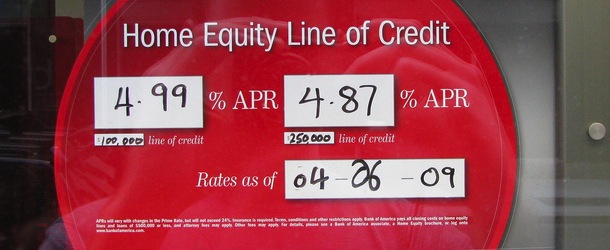The Federal Reserve rate cuts that are now projected as soon as next month will likely only lower short-term rates.
That means those who are seeking a cheaper home equity line of credit (HELOC) or an adjustable-rate mortgage (ARM) may benefit.
While those who only feel comfortable in a long-term fixed-rate mortgage may see little to no relief.
This all has to do with the fact that the federal funds rate, which the Fed actually controls, is a short-term rate.
Conversely, they have no direct control over long-term rates, which are driven instead by underlying economic data.
Can a Friendly Fed Actually Lower Mortgage Rates?
Lately, we’ve seen the Trump administration make unconventional moves to create a new-look, friendlier Fed.
By friendlier, I mean more accommodative than the present one, currently helmed by Chair Jerome Powell.
Both President Trump and FHFA director Bill Pulte have been outspoken about ousting Powell, namely because he hasn’t cut rates as quickly as they desired.
Ironically, he cited a lack of uncertainty regarding things like tariffs, which the administration themselves implemented.
The most recent move to shift the dynamic of the Fed was the so-called “firing” of Fed Governor Lisa Cook for alleged mortgage fraud.
She has been accused of marking two properties as her primary residence in short succession.
In general, it’s easier to qualify for a mortgage on a primary residence, and mortgage rates are also lower if you’re primary home versus a second home or investment property.
The removal of Powell and Cook could usher in a more accommodating Federal Reserve that is more willing to lower the federal funds rate, even if not necessarily warranted.
But even if that happened, it might not translate to lower mortgage rates. As noted, the federal funds rate is a short-term, overnight rate banks charge one another when one is in need of cash.
Conversely, the most common mortgage in America is the 30-year fixed, which is anything but an overnight rate.
It’s a 360-month rate, though because mortgages often aren’t held to term, and are usually kept for just 10 years or so, they correlate better with 10-year Treasury bond yields.
The only difference is because they’re mortgages and not guaranteed government bonds, there is a mortgage rate spread that investors require to take on prepayment and credit risk.
Anyway, the point here is the Fed can only control short-term rates and most mortgages aren’t that.
This means there’s zero guarantee the 30-year fixed goes lower in the event the Fed decides to lower rates aggressively.
And in fact, 10-year bond yields could go up if the Fed monetary policy isn’t warranted. You need the underlying data, such as inflation and unemployment, to support a dovish Fed.
Without that data, the Fed will only be able to control the short end of the curve.
A New Look Fed Could Reduce Rates on ARMs and HELOCs
Now let’s talk about what the Fed could impact. If it follows through on lowering the federal funds rate, HELOCs will be directly impacted.
HELOCs are tied to the prime rate, which moves in lockstep with the FFR. So if the Fed cuts 25 bps, your HELOC rate goes down 0.25%.
They cut 50 bps, your HELOC rate drops by 0.50%. And so on and so forth. If they do this aggressively, HELOCs might get really popular as they get cheaper.
Of course, they can adjust higher as well when the Fed hikes, so if this scheme is short-lived, HELOC rates could shoot higher again.
The same goes for adjustable-rate mortgages, which are tied to mortgage indexes like SOFR, which stands for Secured Overnight Financing Rate.
If the Fed is cutting aggressively, rates on ARMs could become a lot more attractive as they do.
At the moment, ARMs aren’t priced much lower at most lenders relative to FRMs, but that could change if this new-look Fed thing happens.
By the way, if you want a cheaper ARM today, check out a local credit union as they tend to pass along bigger discounts than the banks and nonbank lenders.
What’s really interesting is if the Fed goes against the grain, aka the underlying economic data, we could see a much wider gulf between short-term and long-term interest rates.
A scenario where the 30-year fixed is still relatively expensive, while ARMs and HELOCs drift a lot lower.
That would make them more appealing to borrowers, though it arguably introduces more risk into the financial system if more homeowners have floating rates.
It’s one thing I worry about if the Fed loses its independence and objectivity.
- Fairway Home Mortgage Launches Credit Card That Rewards You for Making On-Time Mortgage Payments - November 22, 2025
- Wealthfront Home Lending: A Robo-Advisor Gets Into Mortgage Lending - November 20, 2025
- The September Jobs Report Just Got Even More Important for Mortgage Rates - November 19, 2025

